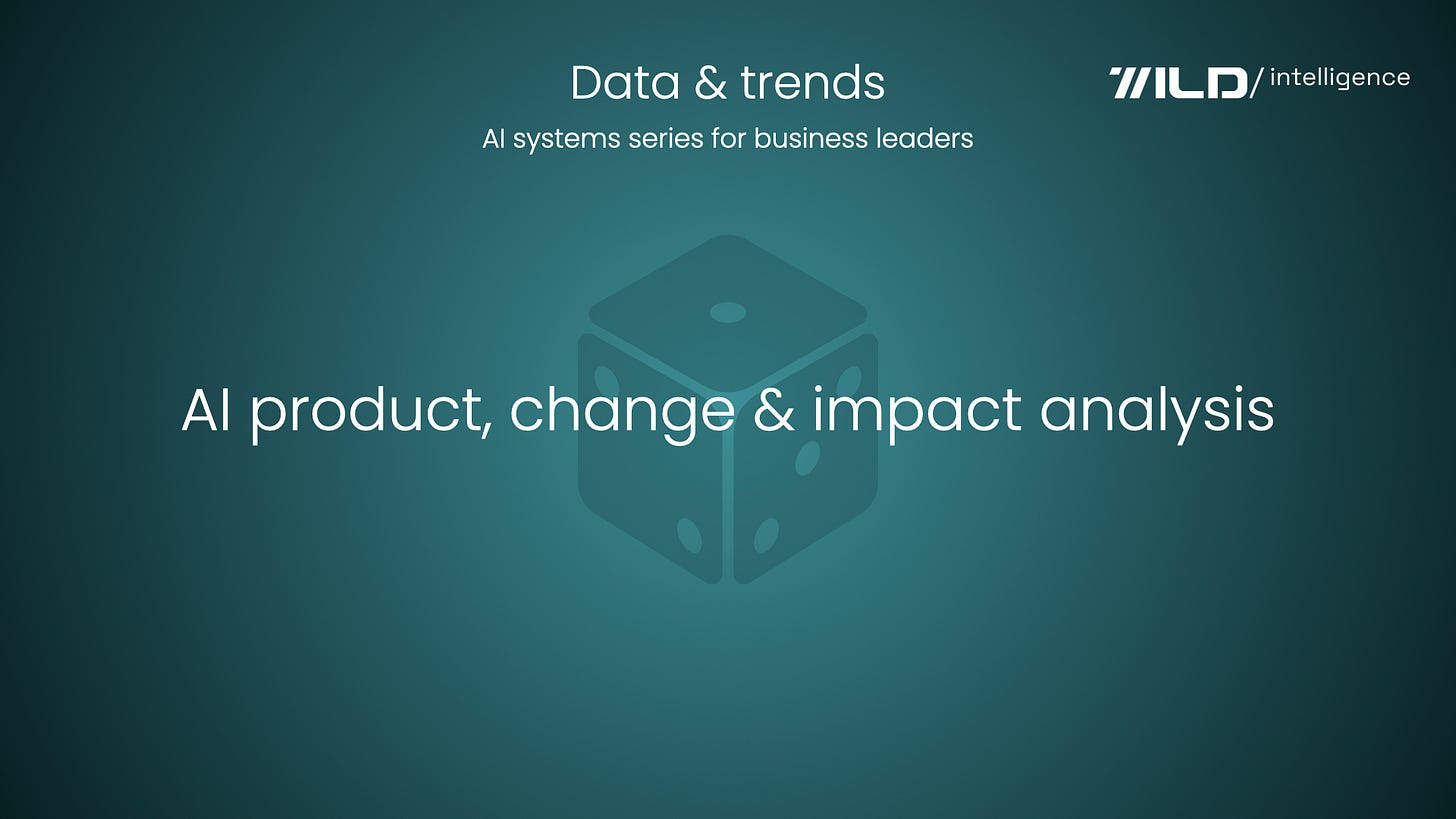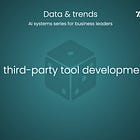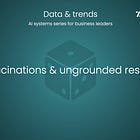🎲 Product change impact analysis
AI data and trends for business leaders | AI systems series
Hello,
Small reminder: this is the fourth post of a new series in the data and trends section.
The new series presents another angle, slightly different from the previous series that seeded the TOP framework1 and serves as the building block of our vision of AI safety implementation.
In this new series, we focus on more advanced topics in subsequent weeks, where we'll delve deeper into specific measurement methodologies and implementation strategies.
I believe this series will contribute significantly to the ongoing development of robust AI safety practices.—Yael.
Previous posts from the series:
Product change impact analysis for AI safety
The rapid evolution of AI models demands continuous product updates, but these changes can inadvertently introduce or exacerbate safety risks.
Therefore, rigorous impact analysis is essential to ensure that product updates enhance, rather than compromise, AI safety.
Methodologies for measuring the impact of product updates:
Several methodologies can be employed to measure the impact of product updates on AI safety:
Quantitative metrics: Define and track key safety metrics, such as rates of harmful content generation, hallucination frequency, bias scores, and adversarial attack success rates.
Qualitative analysis: Conduct human evaluations and expert reviews to assess the impact of changes on user experience, ethical considerations, and potential societal harms.
User feedback analysis: Analyze user reports, support tickets, and social media mentions to identify any safety issues introduced by product updates.
A/B testing for safety metrics:
A/B testing allows for controlled experiments to compare the safety performance of different product versions. This involves:
Randomized controlled trials: Randomly assigning users to different treatment groups (e.g., control vs. experimental).
Statistical significance testing: Using statistical methods to determine whether observed differences in safety metrics are statistically significant.
Safety metric focus: Prioritizing safety metrics as key performance indicators (KPIs) in A/B testing experiments.
Before/After comparative analysis:
This approach involves comparing safety metrics before and after a product update. This requires:
Baseline data collection: Establishing a baseline of safety metrics before the update.
Post-update data collection: Collecting data on safety metrics after the update.
Statistical analysis: Statistical methods compare the before and after data and identify significant changes.
Regression testing frameworks:
Regression testing frameworks automate the process of verifying that product updates do not introduce new safety vulnerabilities or regressions. This involves:
Test case development: Developing comprehensive test cases that cover various safety scenarios.
Automated testing: Automating the execution of test cases using testing frameworks.
Continuous integration/continuous deployment (CI/CD): Integrating regression testing into the CI/CD pipeline to ensure that safety tests are run automatically with every code change.
Change impact documentation systems:
Documenting the potential impact of product changes on AI safety is crucial for transparency and accountability. This includes:
Impact assessment reports: Creating detailed reports assessing product updates' potential risks and benefits.
Version control systems: Using version control systems to track changes to code, models, and documentation.
Change logs: Maintaining detailed change logs that document all product updates and their impact on safety metrics.
Real-world case studies:
Social media platform algorithm changes: Social media platforms frequently update their algorithms to improve user engagement. These changes can inadvertently impact the spread of misinformation or hate speech. Therefore, platforms often conduct A/B testing and before/after analyses to assess the safety implications of algorithm updates.
LLM fine-tuning updates: When fine-tuning an LLM for a specific task, it is vital to measure the impact of the fine-tuning process. Changes to the model can result in increased rates of hallucination, or the ability for jailbreaks to occur. Regression testing is needed to insure no new safety concerns are introduced.
By implementing these methodologies, organizations can ensure that product updates enhance AI safety, build trust with users, and mitigate potential harms.
To address this, business leaders must consider:
How are you proactively identifying and mitigating potential safety regressions introduced by product updates to your AI systems, particularly in rapidly evolving deployment environments?
What processes are in place to ensure that safety metrics are prioritized and rigorously evaluated during A/B testing and comparative analyses of product updates, and how are these findings translated into actionable improvements for AI safety?







